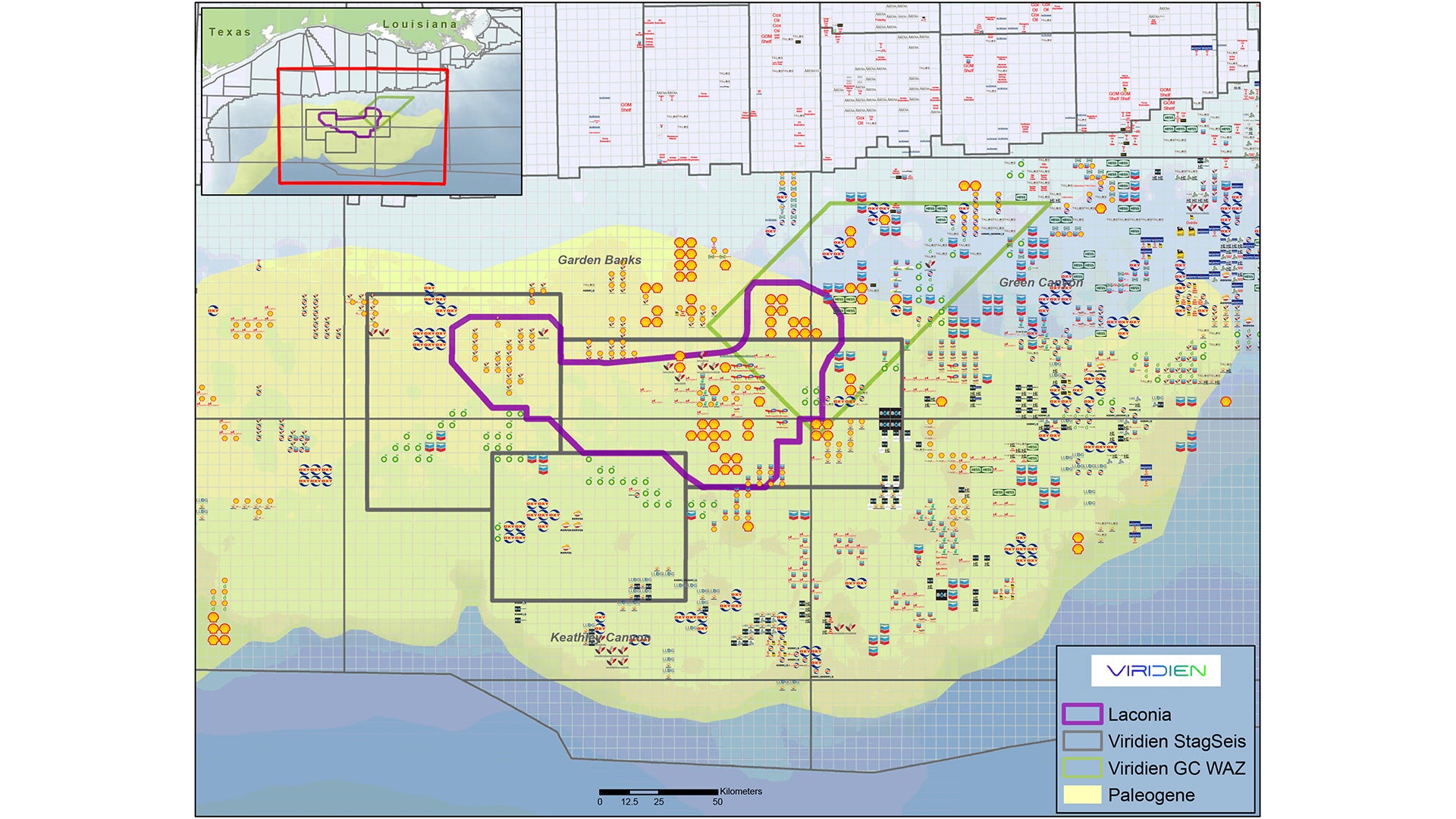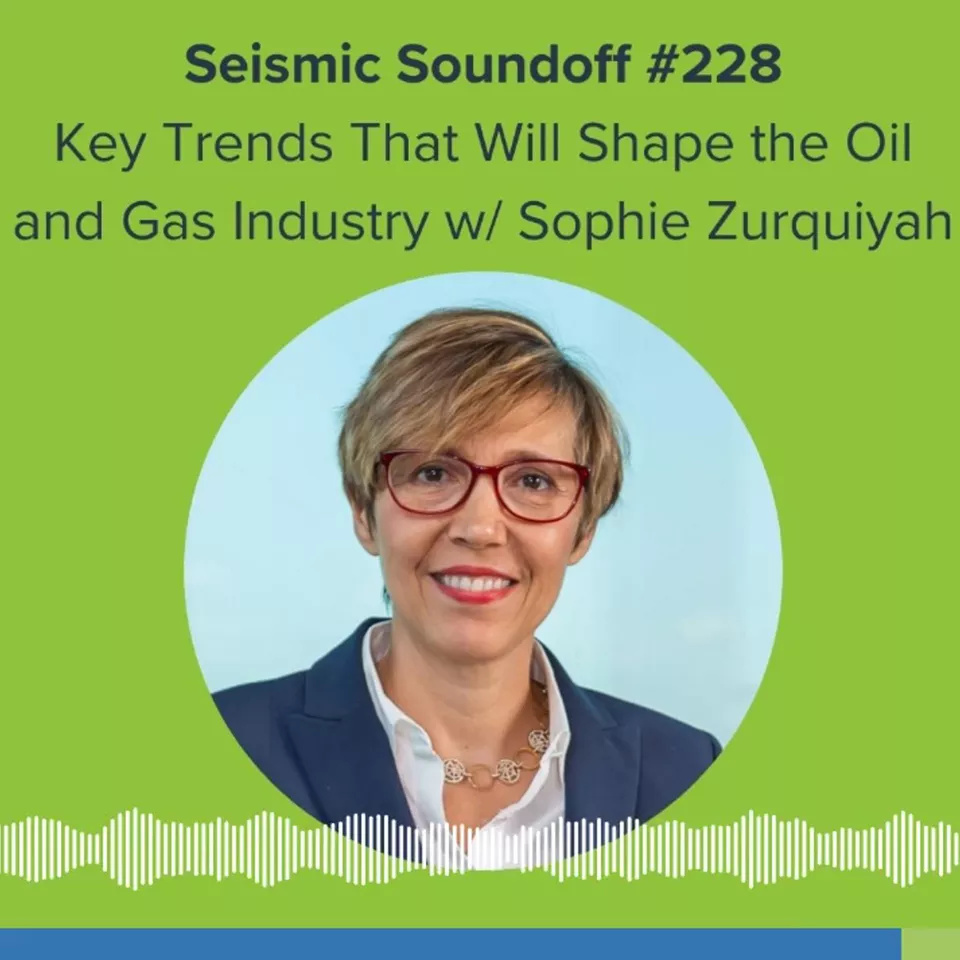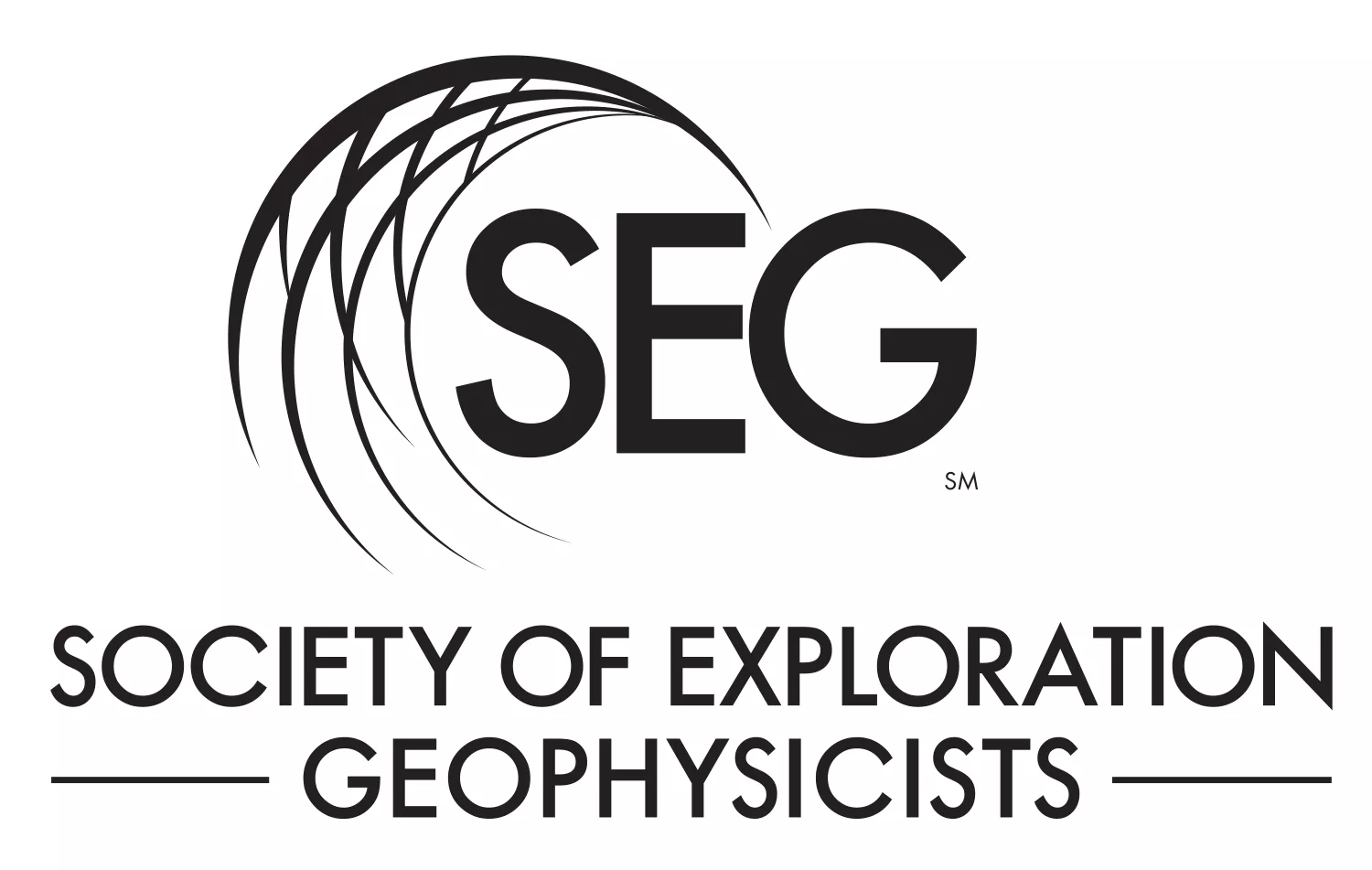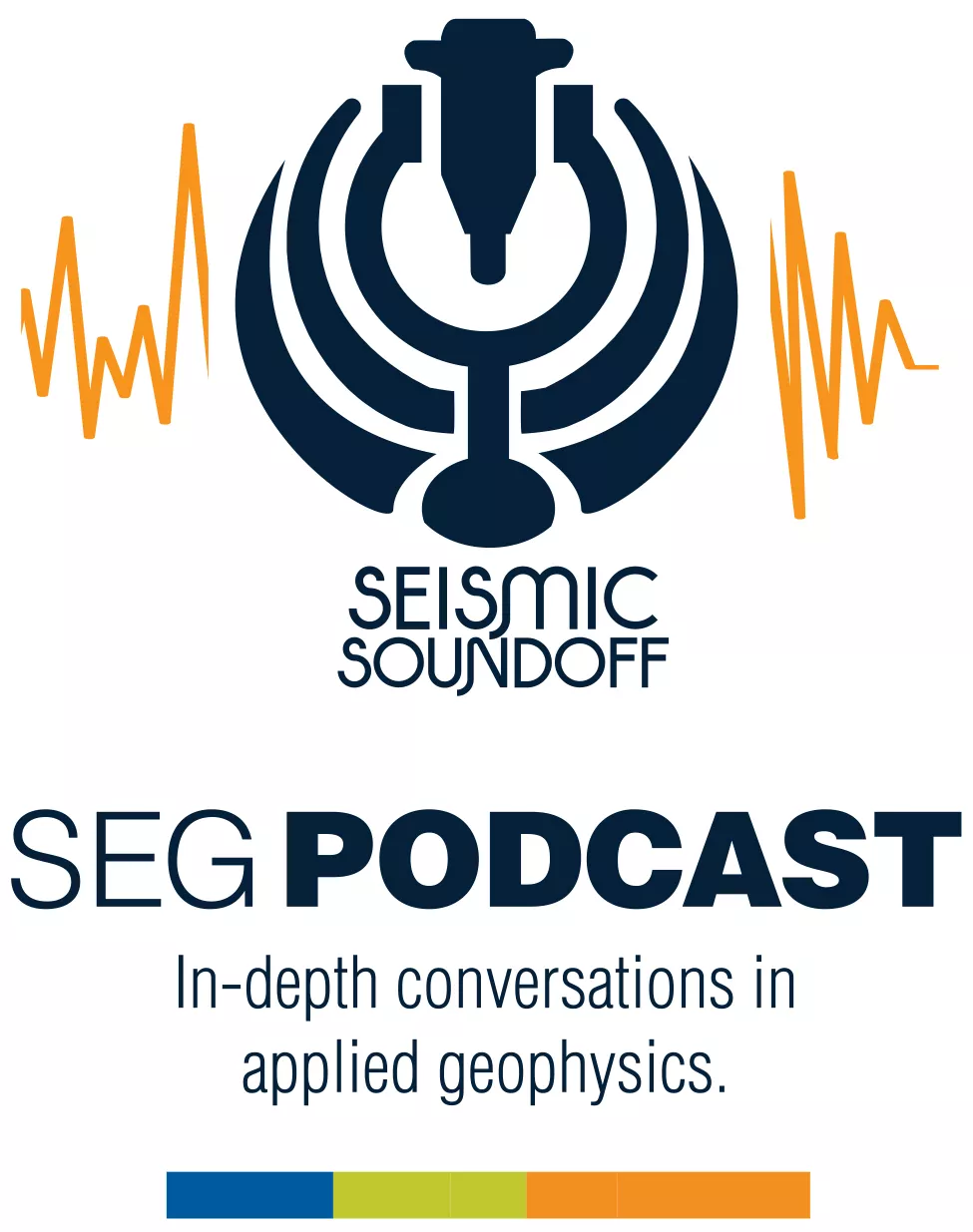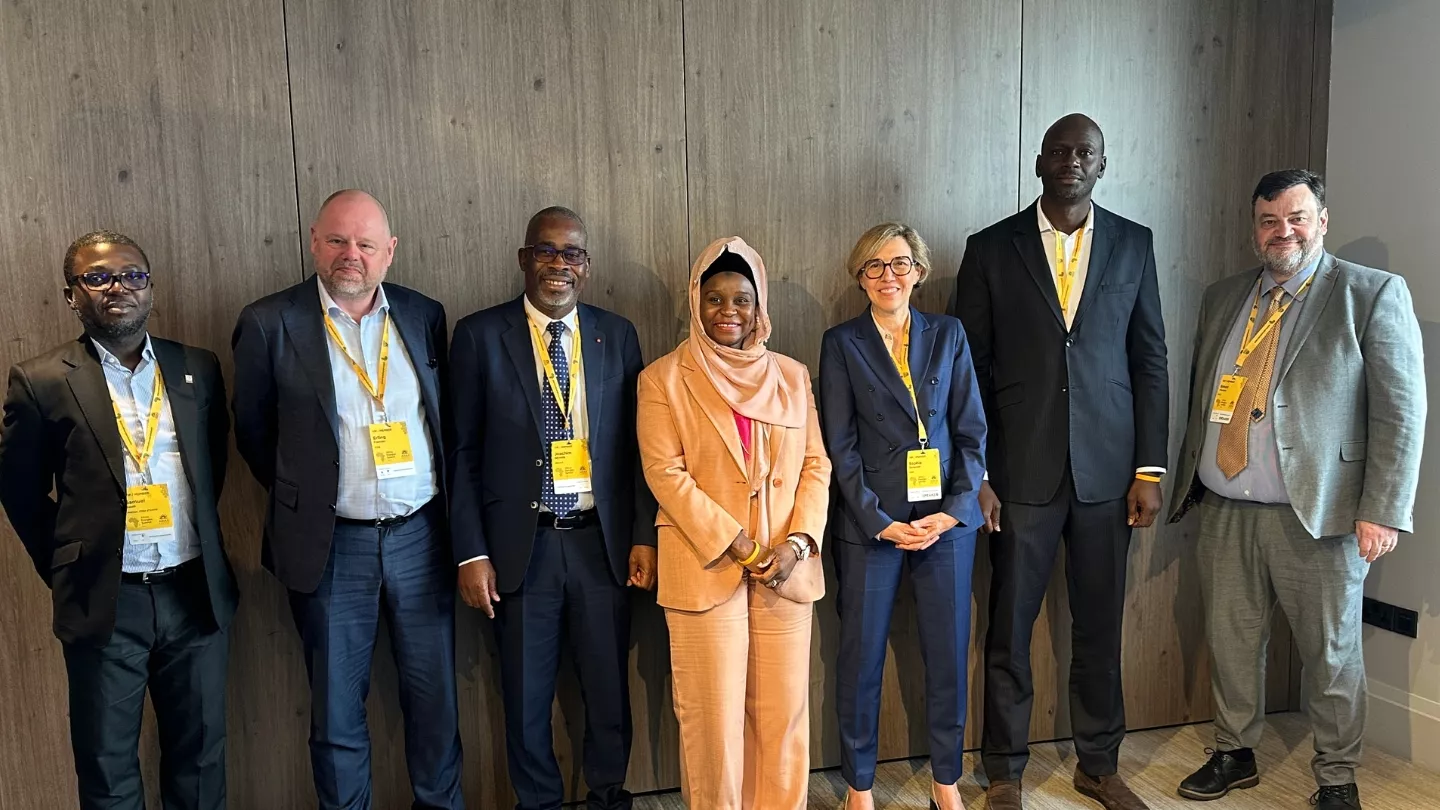Sophie Zurquiyah, CEO, Viridien, recently appeared on SEG's Seismic Soundoff podcast with host, Andrew Geary, to explain the reasons behind the company’s recent strategic rebranding from CGG to Viridien and her vision for the company’s future.
“We are very proud of our core businesses of Geoscience, Earth Data, and Sensing & Monitoring, but we want to add new businesses by leveraging those core technology strengths that we have. We are looking at markets in the low-carbon area, such as carbon storage, minerals and mining, as well as high-performance computing and infrastructure monitoring.”
Sophie emphasized the importance of technology differentiation and high-quality service in maintaining a competitive edge and discussed the role of AI and machine learning in improving efficiency and extracting insights from data.
“At its heart, our company has always aimed to differentiate through technology. We are a technology company supporting multiple industries. Where we are different is in the quality of our service, and that is recognized by our clients.”
Highlighting the impact of the energy transition on Viridien’s strategies and goals, Sophie emphasized the need for sustainability in every aspect of the business:
“Energy transition is everywhere. It is an underlying trend, and sustainability is something that we have to incorporate into every company’s strategy.”
She also shared her insights on key trends in the oil and gas sector, including the importance of energy security and affordability.
Click here to listen to the full episode
